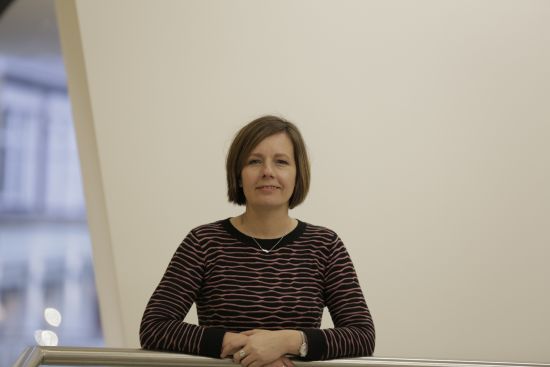
Vertical Video: Exploding Out of Cult and into Culture

In 2016, Facebook started to push vertical video formats to reflect the boom in mobile content. This is all obviously about watching on mobiles - Zenith’s mobile report said that 2016 saw video consumption on mobile devices take the lead from consumption on fixed devices. However, since the big vertical video push in 2016, the format has not quite always lived up to the expectation.
In fact it has been met with downright derision from some filmmakers who lovingly shoot landscape, and you can understand why. But if you dig a bit deeper some interesting work is emerging with film makers embracing the format and pushing its creative potential.
Some of the resistance to vertical is obvious. It’s not versatile, you can convert 16:9 to 1:1 but you can’t convert it into vertical. If you are going to use vertical, you must shoot vertical first. Many brands just want to take their hero creative and convert it into as many formats as possible. It can also be quite difficult for the viewer to follow information. It’s quite a leap to start reading up and down when you’ve spent your life reading left to right. And, like a lazy prodigious talent, many think that it has not lived up to its potential.
This has led to people being dismissive and clients branding the vertical format as being too expensive or not worth it. But there are way more positives to level out these gripes.
Vertical video has some very specific creative elements that are not available in other formats. Landscapes with many vertical features, for instance, that benefit from a vertical perspective - think cliffs, a single mountain, trees, or a straight road, combined with action that moves up and down versus left to right offer real areas for exploration. A good example is the short film ‘Impact’ and then also the now famous video from Japanese pop group Lyrical School which takes advantage of the natural movement of scrolling up and down on phones. Another great example is Nike's commercial promoting their NRC running club and training club
The format also allows you to get more up close and personal with people speaking to the camera – which can be much more engaging when you are trying to grab attention in the feed.
Maybe the most critical benefit, though, is that platforms like Snapchat are leading the way with vertical video as their native formats. This is not only making it viable for vertical-first content, but it's driving acceptance in the entertainment and marketing space.
YouTube also now supports vertical video on their mobile apps and SXSW recently featured the Vertical Cinema, a theater specifically designed for vertical content, while Tribeca has their Snapchat shorts - created in an effort to discover visionary artists in the mobile space.
So, vertical formats? Yeah, it may not have fulfilled its potential yet, and there are some growing pains, but with the right conditions - continued investment, consumption of mobile first and creators and film makers pushing the levels of creativity you can achieve with the format – vertical video might just explode out of cult and into culture.













